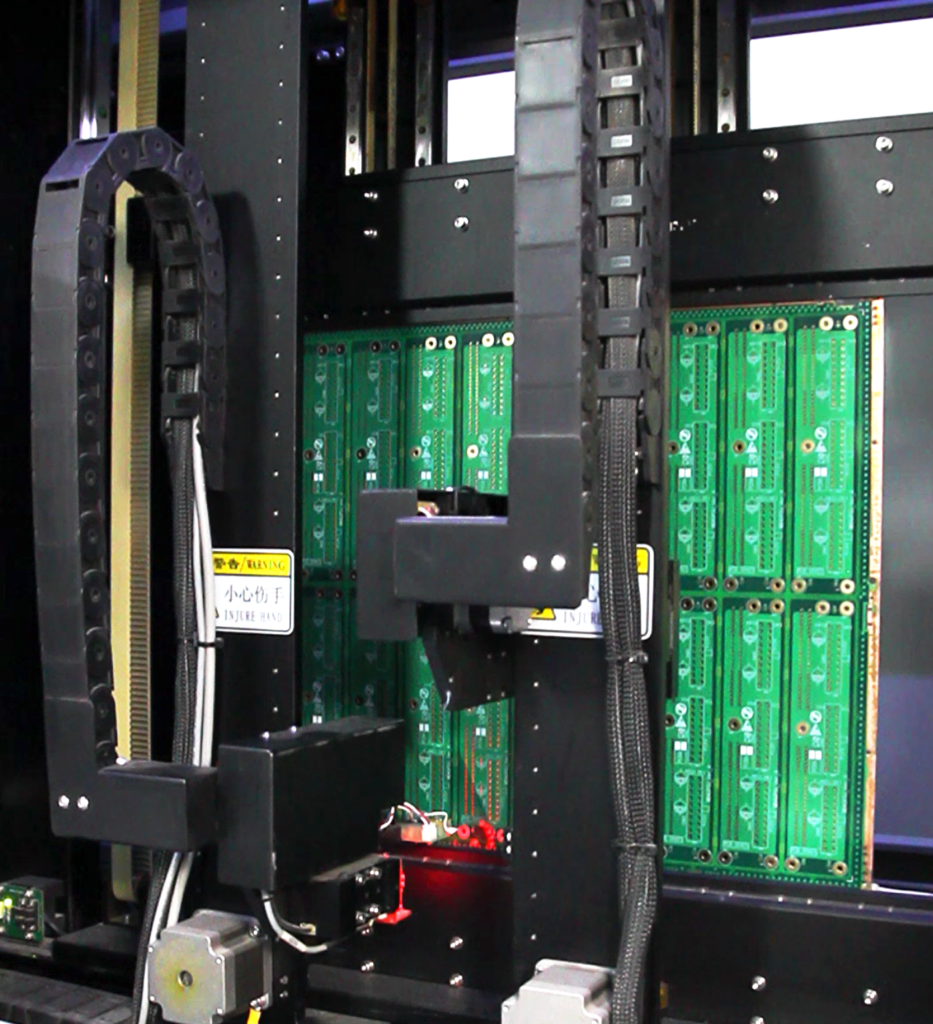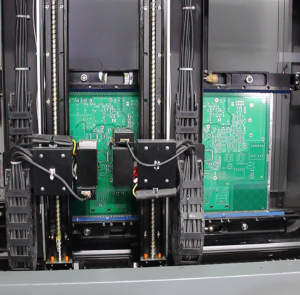In modern electronic manufacturing, quality control and product testing are crucial aspects to ensure the performance and reliability of circuit boards. To meet the demands of increasingly complex and high-performance circuit boards, testing methods are continuously innovating and evolving. Among them, flying probe testing, as a non-invasive testing technology, has garnered widespread attention and application in recent years. This article will delve into flying probe testing technology, explaining its principles of operation, and its advantages over traditional testing methods. By comparing the characteristics and effectiveness of both methods, we will explore whether flying probe testing indeed holds superiority and its practical value in electronic manufacturing.

In the field of electronic manufacturing, traditional testing methods refer to a series of testing approaches used before the introduction of flying probe testing technology. These conventional methods typically rely on contact-based or physical testing, and they have been widely applied in circuit board testing over the past few decades.
The Bed-of-Nails Fixture Test is a common traditional testing method that uses fixed pins to contact test points on a circuit board. The testing instrument measures the signals on the circuit board by making contact with the test points using these pins. Although the Bed-of-Nails Fixture Test works well for some simple circuit boards, it faces the following challenges for high-density and complex circuit boards: It requires the design and manufacturing of custom fixture beds to accommodate different circuit boards, which increases cost and time investment. The physical contact between the pins and the circuit board can cause mechanical damage, especially for fragile components or delicate circuits, leading to an increased risk of producing defective products. The Bed-of-Nails Fixture Test is slow, making it difficult to meet the demands of large-scale production.
Impact testing is another traditional testing method that assesses the structural strength and durability of circuit boards by applying mechanical impacts. This testing method is particularly effective in certain specific scenarios, such as evaluating the earthquake resistance of electronic products. However, it does not provide a comprehensive assessment of the circuit board's overall performance, especially when detailed electrical characteristic information is required in complex circuit boards.
Through-hole testing is a method of testing using soldered points to connect test points on the circuit board. This approach can provide better contact in certain situations, but for high-density circuit boards, the layout and manufacturing of solder points can become complex and may lead to welding defects.
Functional testing is a testing method that evaluates the performance and functionality of electronic products by executing specific functions. Although this testing approach is the most direct and comprehensive way, it typically requires the complete assembly of the product, making it unsuitable for testing circuit boards at the early stages of the manufacturing process. Although these traditional testing methods remain effective in some situations, they have also revealed certain limitations and shortcomings with the rapid development of electronic technology.

There are significant differences between flying probe testing and traditional testing methods in terms of testing time and accuracy. Traditional testing methods typically involve moving or replacing testing equipment during the testing process, which can lead to longer testing cycles. Additionally, traditional testing methods may require the installation of dedicated test beds or fixtures at different test points, adding to the testing time and complexity. In contrast, the flying probe testing uses a non-contact approach, enabling a fast and efficient testing process. Due to its mechanical arm's ability to move freely across the circuit board surface, there is no need to replace equipment or install additional test beds, significantly reducing testing time. Furthermore, the flying probe testing system is equipped with advanced automation capabilities and rapid positioning technology, allowing for quick and precise identification of test points and swift testing, thereby greatly enhancing testing accuracy and reliability. In terms of applicability and flexibility, flying probe testing has once again demonstrated its advantages. Traditional testing methods often require customizing dedicated test benches or fixtures based on different circuit board designs and testing requirements, which may limit their applicability in diversified product testing. Especially for small-batch or customized products, the development and debugging time of traditional testing methods can be quite lengthy. The flying probe testing system, on the other hand, offers greater flexibility, as its robotic arm can rapidly adjust the testing positions and test points as needed. This means that there's no need for custom-made dedicated testing equipment for different circuit board designs; instead, it can adapt to various product tests through software programming. This flexibility makes flying probe testing particularly suitable for small-batch production and customized products, significantly reducing product development and testing time, thus providing manufacturers with higher production efficiency and faster time-to-market. Cost-effectiveness is one of the most crucial factors that businesses consider when choosing testing methods. Traditional testing methods often require expensive testing equipment and custom-made testbeds or fixtures, which result in high research and production costs. Furthermore, the longer testing duration and higher labor requirements of traditional testing methods also contribute to an increase in production costs. Flying probe testing excels in cost-effectiveness. Due to its ability to perform tests without requiring custom test beds or fixtures, and its rapid testing speed, flying probe testing can significantly reduce equipment and labor costs. Although the initial investment for a flying probe testing system may be higher, considering its long-term efficient production capacity and flexibility, it is more cost-effective in terms of overall expenses. Overall, the flying probe test has shown significant advantages in terms of testing time and accuracy, applicability, and flexibility, as well as cost-effectiveness. However, traditional testing methods still hold their advantages in certain specific scenarios, such as large-scale production and testing of specific products. Therefore, when selecting the appropriate testing method, manufacturers need to consider factors such as product characteristics, production scale, and budget to find the best solution to ensure product quality and production efficiency. Flying probe testing plays a crucial role in modern electronics manufacturing, providing manufacturers with excellent flexibility and cost-effectiveness due to its non-invasive and efficient nature. However, it is also undeniable that traditional testing methods still have their advantages in certain specific scenarios. Therefore, when choosing the appropriate testing method, it is necessary to consider factors such as product design, production scale, time, and budget comprehensively. With the continuous development of technology, flying probe testing technology will also continue to improve and evolve, bringing more opportunities and challenges to the electronics manufacturing industry. Whether it is flying probe testing or traditional testing methods, a wise choice should be made based on the actual needs and project requirements. Through constant exploration and innovation, SprintPCB can ensure the high quality and stability of its products, providing consumers with more reliable and outstanding electronic products.

Customer support